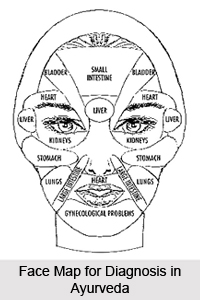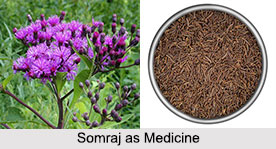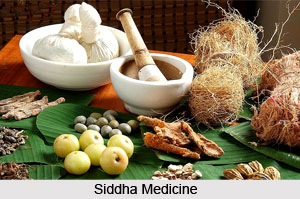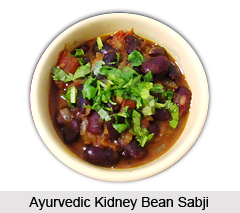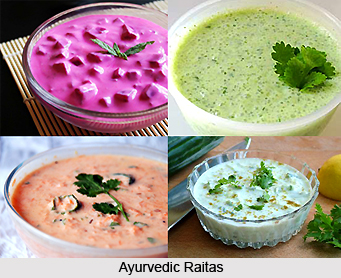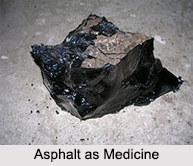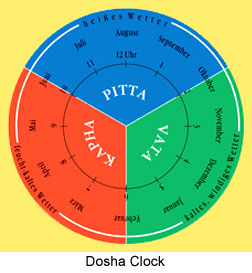 Doshas of the body are identified and examined in terms of their functions and effects. Functions of the doshas in the body are clearly explained and defined in Ayurveda. Texts in Ayurveda define the doshas as those substances that are neither retained nor eliminated by the body. They do have even an obvious material form.
Doshas of the body are identified and examined in terms of their functions and effects. Functions of the doshas in the body are clearly explained and defined in Ayurveda. Texts in Ayurveda define the doshas as those substances that are neither retained nor eliminated by the body. They do have even an obvious material form.
Functions of the doshas determine that they play an active but invisible role in orchestrating the processes that create and maintain the balances of the body. It is described in Ayurveda that the dhatu and the malas are capable of operating by themselves. Both of these components depend extensively on the intelligence of the doshas for direction.
Doshas know exactly how to manage the processes of nourishment and elimination within the body. They have huge capabilities to coordinate and administrate the entire functions of the dhatus and malas and these properties make them extremely important in Ayurvedic paradigm.
Moreover, it is also defined in Ayurveda through the observations of the functions of the doshas that they are the agents of change. They are actually the unseen forces, which do the transporting, transforming and packaging within the body. The uniqueness of the Dosha`s demonstrates the remarkable ability that is possessed by neither the dhatus nor the malas. This special capacity of the doshas is defined as dosha gati; it means the movement of the doshas back and forth between the body`s more hollow and solid structures. It is actually a very crucial ability.
The doshas can move from the gastrointestinal tract to the dhatus and when the three doshas act together as a vehicle or carrier, the main function of whose is to bring oxygen, water and food from the internal mucous membranes from the gastrointestinal tract to the deep and superficial that constitutes the dhatus.
Ayurveda says while defining the functions of the doshas that they are the agents that make things happen. Vata dosha acts as the vehicle that carries nutrients from one stage of the digestive process to the next stage. It also collects the waste by-products from each stage of metabolism and returns those particles to the gastrointestinal tract for elimination. The Pitta dosha transforms these food substances brought to it by the vata dosha into more nourishing products that is ultimately distributed to all the dhatus. Lastly, Kapha serves as the medium of transportation that also binds together the entire food stuffs ready to be transformed, the nutrients that are ready to be distributed and the waste products that are ready to be expelled.
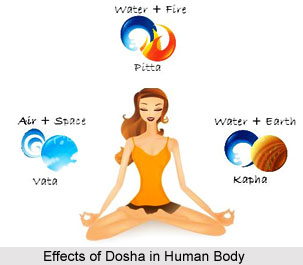 The doshas can also move from the dhatus to the gastrointestinal tract and they act in unison to transport the metabolic by-products and the toxins from the dhatus to the internal mucous membranes for removal. The doshas function mainly between the dhatus and the malas and in turn influencing the condition and status in the body. However, it doesn`t change itself even after combining with the dhatus and malas. Dosha gati is basically instrumental in helping the doshas in maintaining water balance in the body. The doshas maintain the balance of tissue fluid by removing excess water from the dhatus to the body`s void structures.
The doshas can also move from the dhatus to the gastrointestinal tract and they act in unison to transport the metabolic by-products and the toxins from the dhatus to the internal mucous membranes for removal. The doshas function mainly between the dhatus and the malas and in turn influencing the condition and status in the body. However, it doesn`t change itself even after combining with the dhatus and malas. Dosha gati is basically instrumental in helping the doshas in maintaining water balance in the body. The doshas maintain the balance of tissue fluid by removing excess water from the dhatus to the body`s void structures.
Yoga asanas are specially designed in Ayurveda in order to enhance the ability of the doshas for maintaining proper dhatu and mala functions. The main premises of the functions of the doshas are as follows -
* The doshas` intelligence differentiates between those particles, which the body should retain and the ones which it should eliminate. Thus it cats accordingly.
* The doshas can move anywhere in the body right from the deepest structures of bone marrow and reproductive tissue to the surface of the skin and then back again.
* The dosha`s daily migration periods (two times) are the best times for the movement of the waste products from the body`s deeper structures to its hollow structures and for the movement of nutritional products from the gastrointestinal tract to the much deeper tissues.
* Every single dosha is equally efficient in removing the impurities that gather in its own zone of implementation and promoting the nutrition in that specific zone.
The functioning of the doshas affects the body to a huge extent. It actually plays an important role in medicinal process of Ayurveda.






